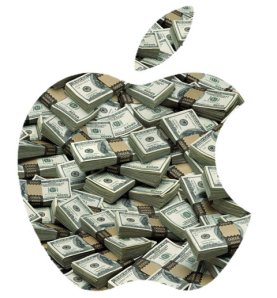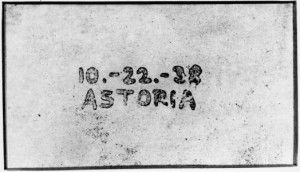Archive for 2024
Photocopying Invented
In a makeshift lab on the second floor of a rental house, Chester Carlson and his assistant Otto Kornei successfully invent the process that would lead to the photocopier. Carlson had written “10.-22.-38 ASTORIA” on a piece of paper and these became the historic words that were the first photocopied. Ironically, Kornei had so little faith in the invention that within a year he quit working for Carlson and willingly gave up any claims he had on the process. However, Carlson would later gift Kornei 100 shares of the Xerox corporation that would eventually be worth $1 million.
Apple Passes $500 Billion Valuation

The stock value of Apple, Inc. surpasses $500 billion, setting a new record for the company which was already the world’s most valuable company at the time. This day marks a milestone on the historic run for the company from near-bankruptcy in the 1990’s to one of the most, if not the most, dominant technology company in recent history. Apple would later become the first company in history to surpass $700 billion in value in February 2015.
Tokyo Skytree Completed
February 29, 2012
Construction of the Tokyo Skytree broadcast tower, delayed two months due to the 2011 Japan earthquake and tsunami, is completed on leap day – February 29th, 2012. The Tokyo Skytree is the tallest structure in Japan and the world’s tallest tower.


